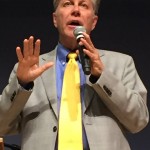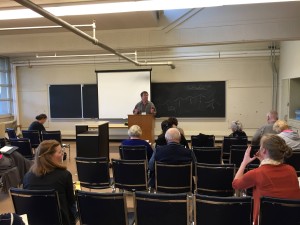
In my Travel Writing Classes, I love to visit restaurants with a strong sense of place.
Though European restaurants often exhibit this connection with place, North American restaurants are making this a priority, too.
Thus, it was a great pleasure to visit Sooke Harbour House on the southern tip of Vancouver Island. It was one of the first restaurants to place a strong emphasis on local foods, a natural outgrowth of its location on a beautiful inlet, with access to abundant local seafood, meats, and an extensive flower and produce garden.
I have been wanting to visit Sooke Harbor for years and finally got the chance this summer with my family. We sat outside in the sunshine at a table overlooking the sea, with the Olympic Mountains in the distance. I ordered the delicious charcuterie plate, which came with a side of wonderful figs and local produce. My children, not easily impressed by fancy food, agreed that the fish, soup and ice cream were some of the best they’d ever enjoyed. My wife, Lisa, raved about the plum dessert.
Everything was perfectly prepared, with a light touch and the freshest of ingredients. The amiable waiter even made our dog, Stella, feel at home. It was everything I had expected and more. As is the case with the restaurants I visit for the Travel Writing Classes, the place reflects the philosophy and practice of the owners.
The Sooke Harbour House has been owned by Frederique and Sinclair Philip since 1979. Sinclair Philip is the Canadian representative to Slow Food in Italy and some years ago was a Slow Food Vancouver Island Convivium leader. Mr. Philip has a doctorate in political economics from the University of Grenoble in France.
The restaurant reflects this heritage, taking cues from French, Japanese and Northwest Indian cuisine. If you have a chance to visit, don’t miss it!
 The Writer's Workshop
The Writer's Workshop 













